How do you troubleshoot AirDrop if it’s not working on your iPhone, iPad, or Mac? Here are some fixes you can try!
AirDrop lets you wirelessly beam almost anything from your iPhone, iPad, or Mac to any other recent Apple device. It uses Bluetooth 4.x for power-efficient broadcast and discovery, and peer-to-peer Wi-Fi for speedy transfer. The entire process isn’t just simple, it’s incredibly secure… when it works. If you’re having trouble, though, it can be maddening. Luckily, there are a few things you can try to get it working!
Adjust AirDrop
AirDrop has three levels: Off, Contacts Only, and Everyone. Contacts Only is the most complex of the three, since it has to verify who knows who. If you’re in a pinch, you can switch to Everyone and try again. You can also turn it off and on again.
If you’re trying to use AirDrop from an iPhone, iPod touch, or iPad to your Mac, but your Mac isn’t showing up, here’s something else to try:
- Launch Finder on your Mac.
- Click on AirDrop in the sidebar.
You can also toggle between Everyone, Contacts, and No One right from there, as described in the step above.
That puts your Mac in an AirDrop-ready state as well and can help in detection. If it doesn’t, keep reading!
Toggle radios
If toggling AirDrop itself doesn’t get things going, you can escalate to the radios.
On iPhone or iPad:
- Launch Settings from your Home screen.
- Tap Wi-Fi and then toggle it off and back on.
- Tap Bluetooth and then toggle it off and back on.

Note: Control Center no longer turns Wi-Fi or Bluetooth completely off. It simply stops the current connection but leaves things like AirPods, Apple Pencil, and Apple Watch available.
On Mac:
- Launch System Preferences from the Dock or via Spotlight.
- Click on Network, then on Turn Wi-Fi Off, then turn Wi-Fi back on.
- click on Bluetooth, then on Turn Bluetooth Off, then turn Bluetooth back on.

Note: If you have the Wi-Fi and Bluetooth icons on the right of your Menubar, you can click on those to toggle them faster.
Alternatively, you can turn Airplane Mode on and then back off to toggle all the radios all at once.
Once you’re done, try connecting again. If it works, great. If not, keep reading.
Hard reset
The next thing to try is a hard reset. Make all the “reboot Windows” jokes you want but it’s a cliche for a reason!
For iPad (except iPad Pro 2018) and older iPhones with mechanical Home buttons (iPhone 6s and earlier):
- Press and hold down the On/Off button on the right side (iPhone 6s or iPhone 6) or top (all other iPhones, iPods, and iPads) of your device.
- While continuing to hold the On/Off button, press and hold the Home button on the front of your iPhone, iPod touch, or iPad.
- Hold both buttons as the screen turns off, and keep holding them until the screen turns back on and displays the Apple logo.
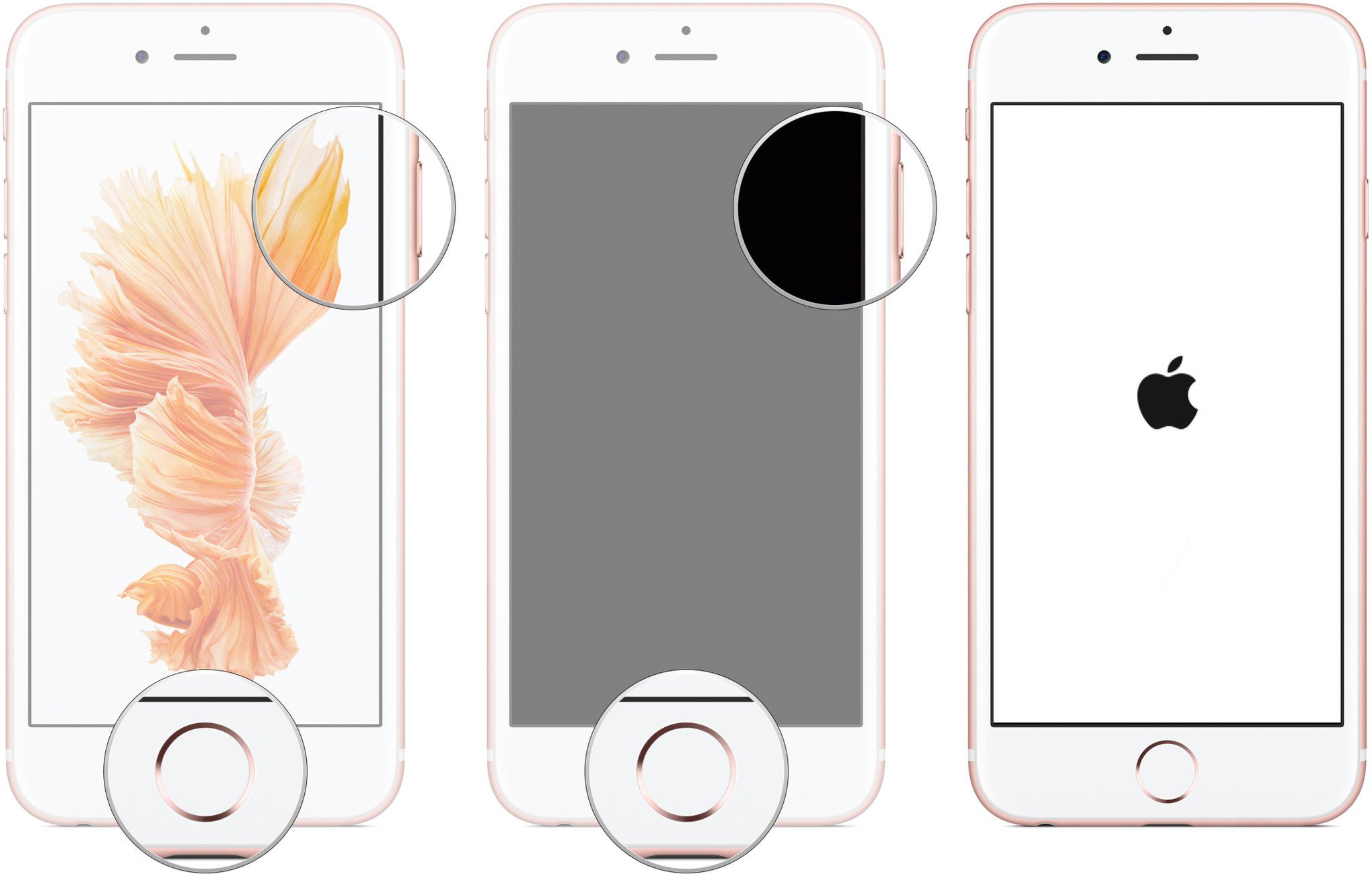
For iPhone 7:
- Press and hold down the On/Off button on the right side
- While continuing to hold the On/Off button, press and hold the volume down button on the left side of your iPhone.
- Hold both buttons as the screen turns off, and keep holding them until the screen turns back on and displays the Apple logo.
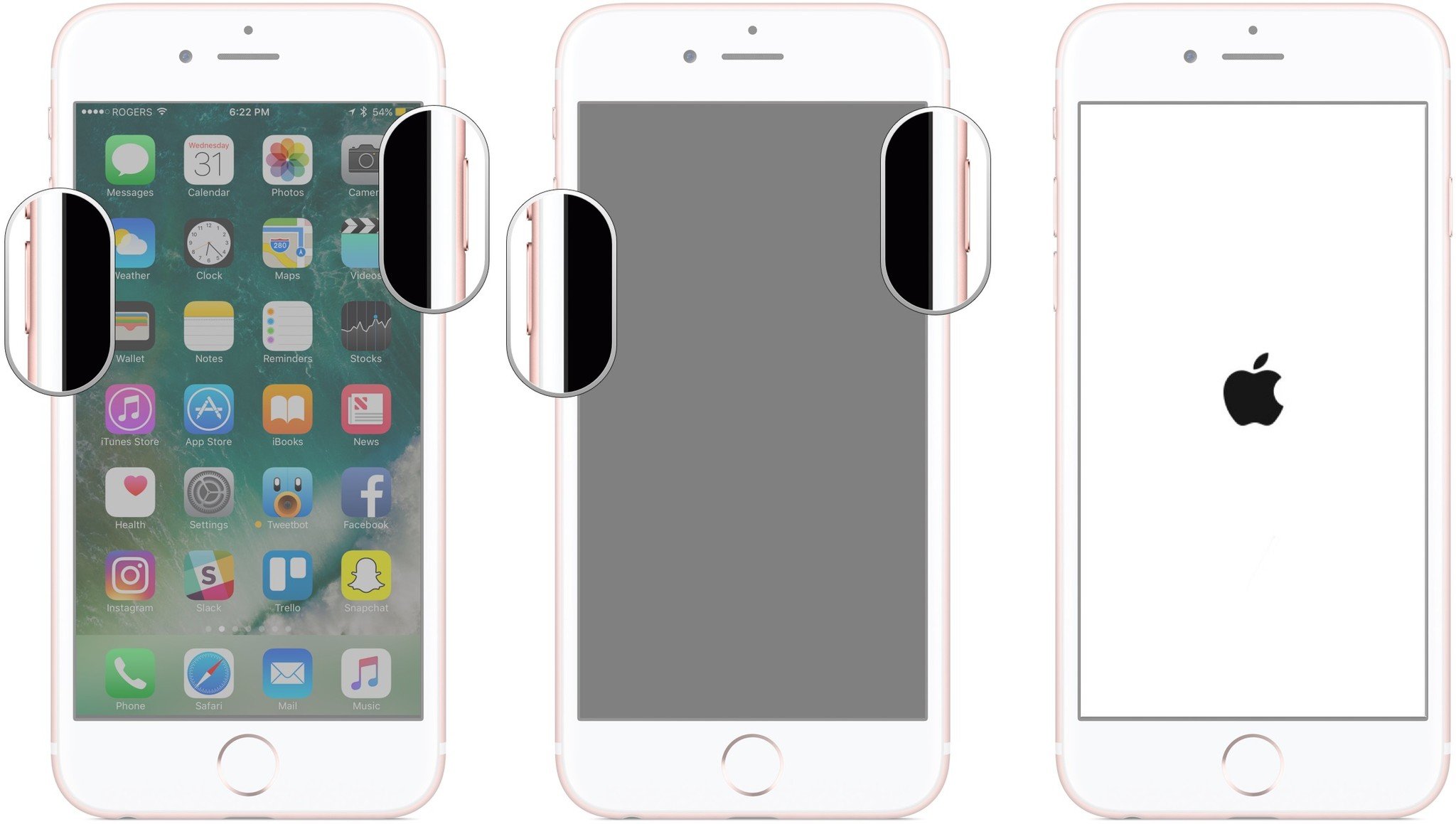
For iPhone 8, iPhone X, iPhone XS, iPhone XS Max, iPhone XR, and iPad Pro (2018):
- Quickly click and release the Volume Up button.
- Quickly click and release the Volume Down button.
- Press and hold the sleep/wake button.
- Keep holding down the Side button, even after the Shut Down screen shows up. (iOS 11.2 and later.)
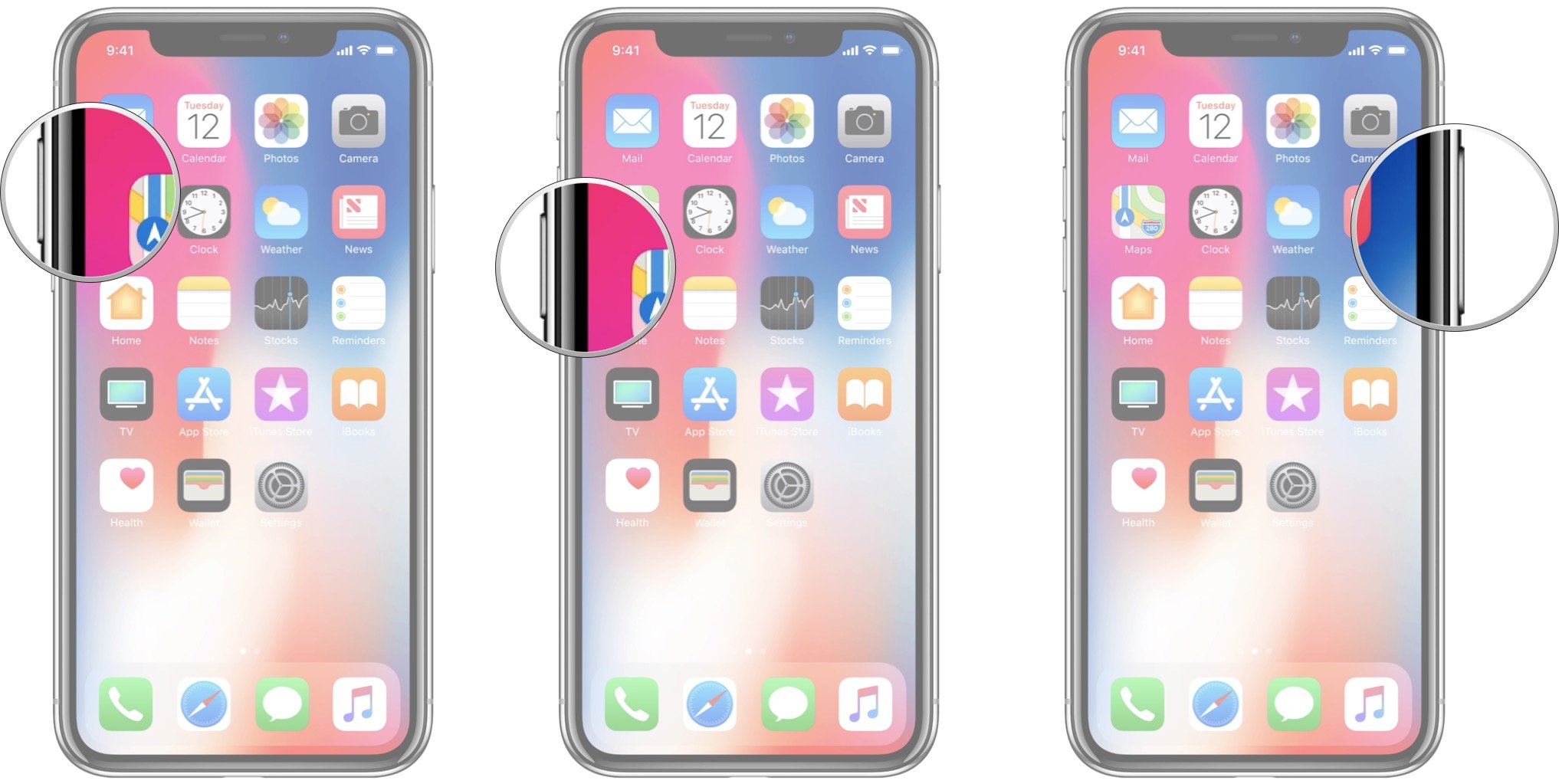
On the Mac:
- Click on the icon at the far left of the Menubar.
- Click on Restart.
Once you’ve rebooted, try connecting it in again. If it works, you’re good. If not, go on to the next step.
Update!
Apple’s Bluetooth stack—the set of software that controls your device’s radio—isn’t without its occasional quirks. Sometimes, new versions of iOS introduce compatibility problems; other times, they fix them. If you’re having Bluetooth connectivity problems, you’re better off updating than not. If it’s already broken, the update is your chance for a fix.
- Launch Settings from your Home screen.
- Tap on General.
- Tap on Software Update.
- If there’s an update available, tap to install it.
Once you’re done updating, try to use AirDrop again. If it works, awesome. If not, there’s even more to try!
Reset networks
Resetting can be a huge pain, but if something has gone wrong with the way your iPhone or iPad connects to other devices, it might just be necessary.
- Launch the Settings from your Home screen.
- Tap on General.
- Tap on Reset at the bottom.
- Tap on Reset Network Settings.
- Enter your Passcode, if prompted.
- Tap Reset Network Settings to confirm.
Once this is complete, you’ll have to reconnect to every Wi-Fi and Bluetooth device you own or use; once you’re done, check AirDrop again. If it works, it was all worth it. If not, let’s keep going.
Contact Apple
Sometimes a problem really is a problem. Like any electronics, Bluetooth and Wi-Fi radios and the various connections to them can have problems. If you have AppleCare+, don’t walk, run to your local Apple Store to get it looked at.

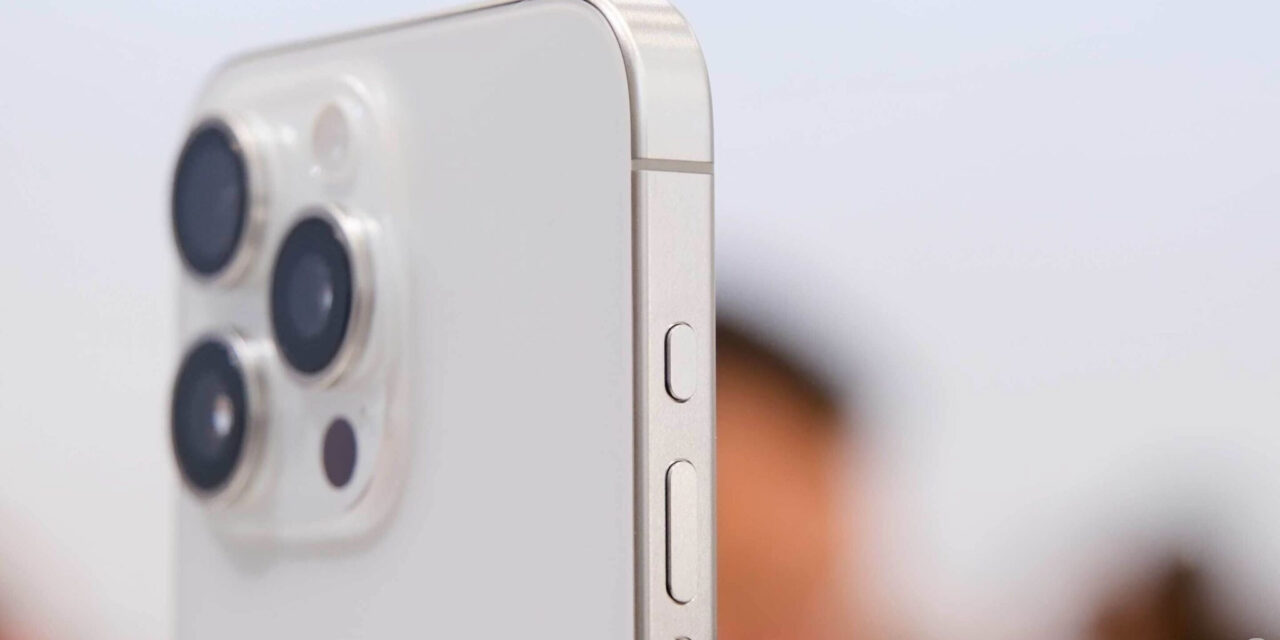
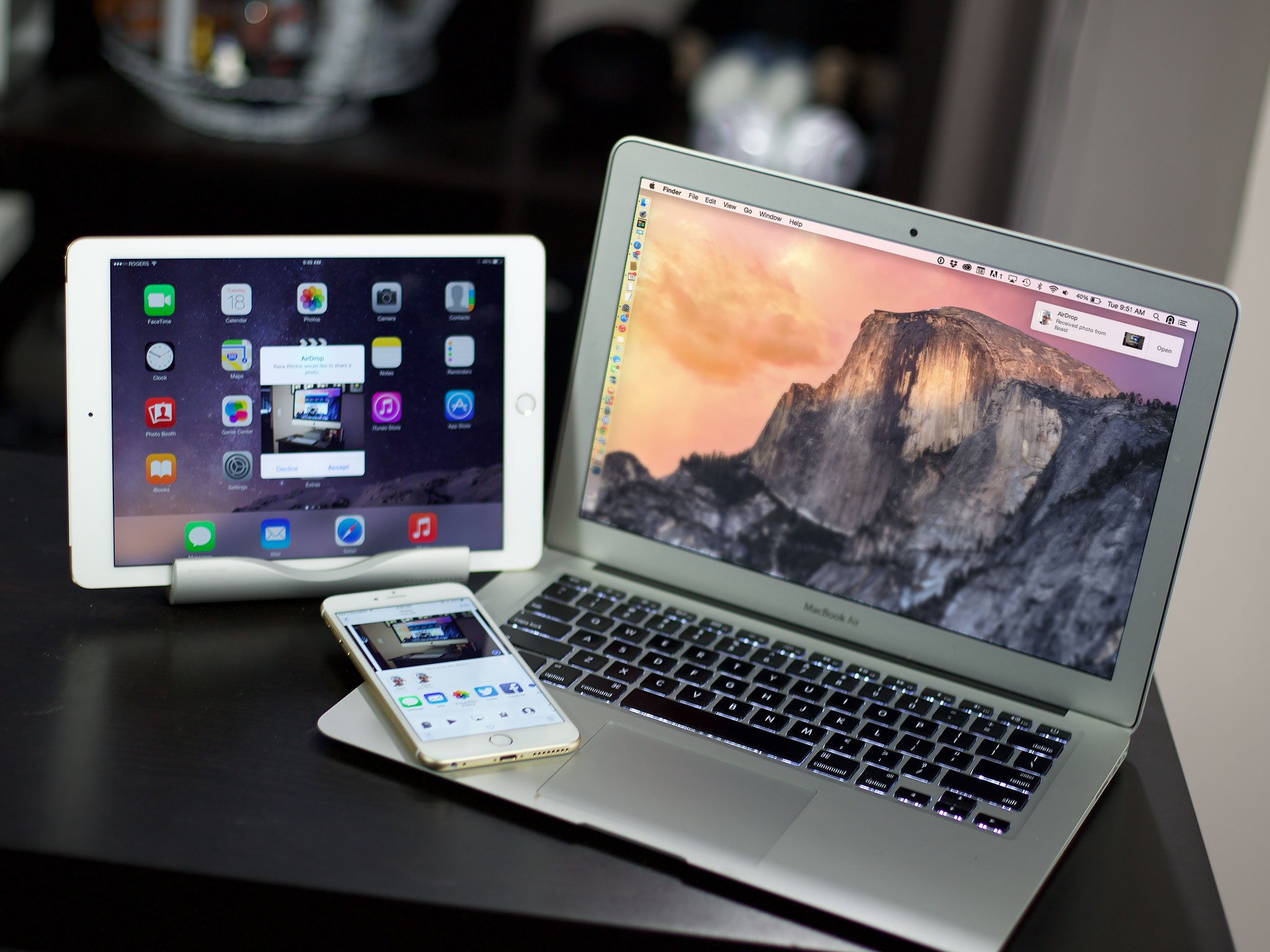







Recent Comments